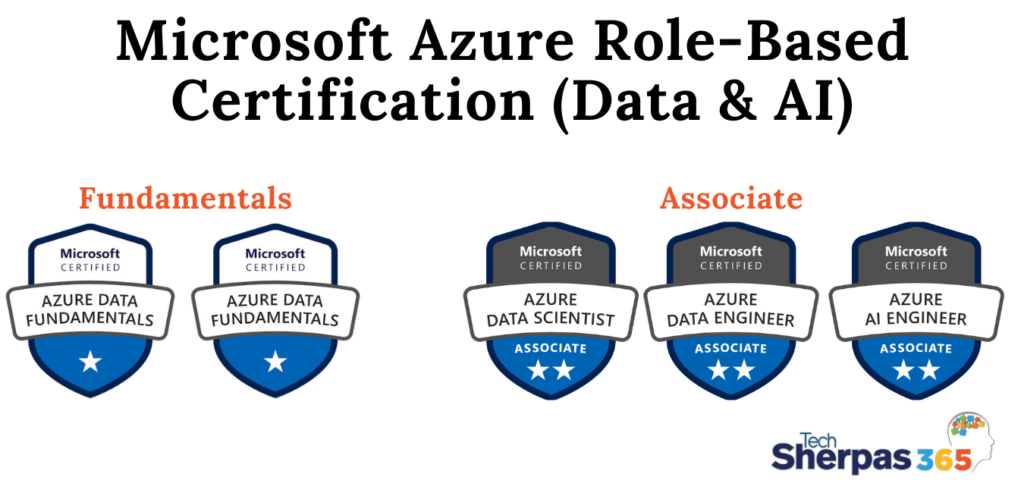Whether you are just beginning your IT career or a seasoned IT professional, Network Administrators continue to takeoff as one of the most in-demand jobs. Boasting a healthy 24% projected growth rate by 2028, now is the time to see if this career is for you.
What is a Network Administrator?
Network Administrators are responsible for the day-to-day operations between an organization’s networks while keeping them up-to-date and maintaining computer infrastructures. Any organization with multiple computer utilization, or software platforms, will require a network administrator to coordinate the communication between the various systems. Some of the most common duties of a Network Administrator, according to the U.S. Bureau of Labor Statics, include:
- Installation and support of an organization’s network systems
- Monitoring all networks, ensuring availability to all system users
- Examining website functionality to ensure optimal performance
- Maintaining systems security and telecommunication networks
- Training users on proper use of software and hardware
As mentioned above, the projected growth rate for this role is aimed at 24%. With an average starting salary in the mid $80k range, Network Administrators continue to remain a highly sought-after role to fill. A great starting point to begin your Network Administrator journey would be to enroll in MTA: Networking Fundamentals. MTA certifications are a great place to start if you would like to get into the technology field. MTA certifications address a wide spectrum of fundamental technical concepts, assess, and validate core technical knowledge, and enhance technical credibility.
Skills above Fundamentals, but you still need to know more?
A good option if you are being introduced to Network Administration, but your IT skillset is above the MTA: Networking Fundamentals level, would be CompTIA’s Network+ or A+ certifications. Both certifications allow you for an easier transition on your Networking Administrator pathway. CompTIA’s Network+ certification builds on existing user-level knowledge and experience with personal computer operating systems and networks, adding fundamental skills and concepts that you will need to advance in a networking career. Earning your Network+ certification not only increases your value in the marketplace by providing validation of your knowledge and skillset, it also shows you have the ability to manage, maintain, troubleshoot and configure a basic network infrastructure. Typically, IT professionals with this certification can expect a starting salary around $70k/annually. The CompTIA A+ certification is generally a great first step in your preparation for the Networking Administrator pathway. This certification will build on previous experience with PC software and hardware while teaching you how to install, configure, optimize, troubleshoot, repair, upgrade and perform preventative maintenance on PCs, digital devices, and operating systems. Certification holders tend to see a salary range from $45k-67k based on various job titles.
A bit more seasoned?
If you have more experience in networking then Cisco’s Certified Network Associate (CCNA) is for you. This certification is an associate level certificate and will allow students to learn how to install, operate, configure, and verify basic IPv4 and IPv6 networks. The certification also covers configuring network components such as switches, routers, and wireless LAN controllers. Holding this certification in your arsenal provides credibility in being able to identify the components of a computer network and describe their basic characteristics. The typical salary range for a CCNA certification holder is usually around $73k/annually with vast room for growth. A higher level of certificate is Cisco’s ENARSI certification. This certification certifies a candidate’s
knowledge for the implementation, troubleshooting, of advanced routing technologies, and its services including VPN services, infrastructure security, services and automation. An average salary for candidates with this certificate is around the mid $90’s.

Is becoming a Network Administrator worth it?
Network Administrators have been consistently gaining momentum in the “most in-demand job roles to fill” within the last five years. As reports have shown the projected growth rate far surpasses most with a sturdy 24%. The steady growth and solid salary ranges allow for this role to be consistently appealing to not only new IT professionals but ones that have held other notable roles previously. The ability to transverse the skillset gained within this role allows also for career development in other technologies, such as security. This role is not only a smart investment in your IT career but one that promises growth and stability.











 mentioned in our previous blog,
mentioned in our previous blog, 
 through new insights and capturing new advantages through cloud-based advances. Quickly catching up to its competitors at an astonishing rate it has been reported that the cloud service provider has a YOY (year over year) growth rate of 154% (as of 2020) and the total number of companies adapting and utilizing Microsoft Azure has grown to nearly 400,000. With many more businesses shifting to cloud-based operations it is no wonder why the U.S. Bureau of Labor Statistics currently projects a higher than average growth rate of 10% within the Azure Administrator field. Companies are constantly looking for employees with the right skillset and it has been shown that candidates that have the Azure Administrator certification not only improve their salary, it also allows them the opportunity to secure their current position (job security) or lock in that promotion. With the current median pay looming around $84,000/year it is no wonder why this certification is so alluring to so many.
through new insights and capturing new advantages through cloud-based advances. Quickly catching up to its competitors at an astonishing rate it has been reported that the cloud service provider has a YOY (year over year) growth rate of 154% (as of 2020) and the total number of companies adapting and utilizing Microsoft Azure has grown to nearly 400,000. With many more businesses shifting to cloud-based operations it is no wonder why the U.S. Bureau of Labor Statistics currently projects a higher than average growth rate of 10% within the Azure Administrator field. Companies are constantly looking for employees with the right skillset and it has been shown that candidates that have the Azure Administrator certification not only improve their salary, it also allows them the opportunity to secure their current position (job security) or lock in that promotion. With the current median pay looming around $84,000/year it is no wonder why this certification is so alluring to so many. CompTIA A+ first launched in 1993, and since 2001 has been refreshed every three years to ensure the topics covered keep pace with what’s happening in IT. Employers, subject-matter experts and IT pros working in the field guide us in what they look for in help desk technicians, technical support specialists and other jobs related to CompTIA A+ to make sure we’re covering the skills that are needed in today’s world. With the launch of the new CompTIA A+ came many questions, so we’ve set out to answer them here. Keep reading to learn more about the
CompTIA A+ first launched in 1993, and since 2001 has been refreshed every three years to ensure the topics covered keep pace with what’s happening in IT. Employers, subject-matter experts and IT pros working in the field guide us in what they look for in help desk technicians, technical support specialists and other jobs related to CompTIA A+ to make sure we’re covering the skills that are needed in today’s world. With the launch of the new CompTIA A+ came many questions, so we’ve set out to answer them here. Keep reading to learn more about the